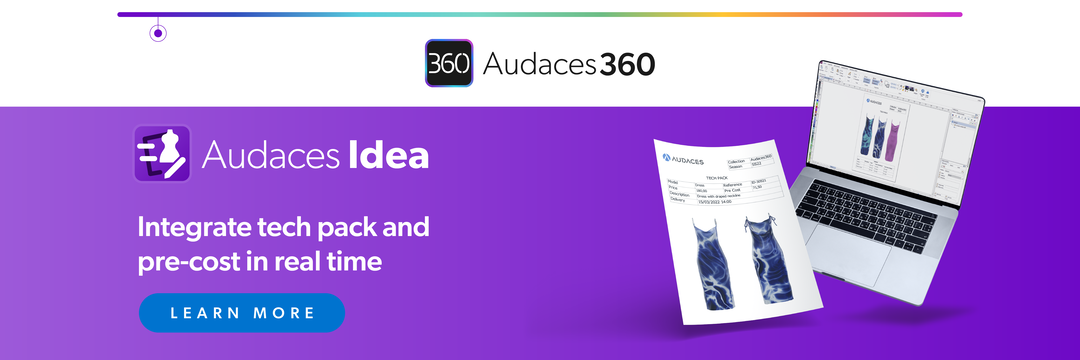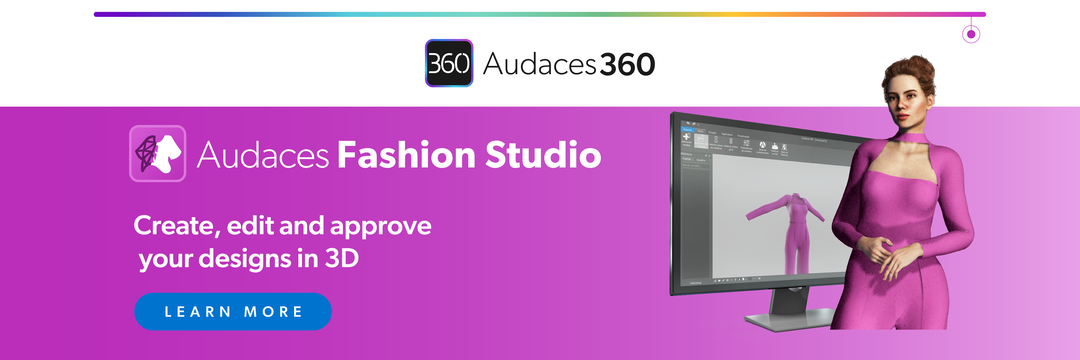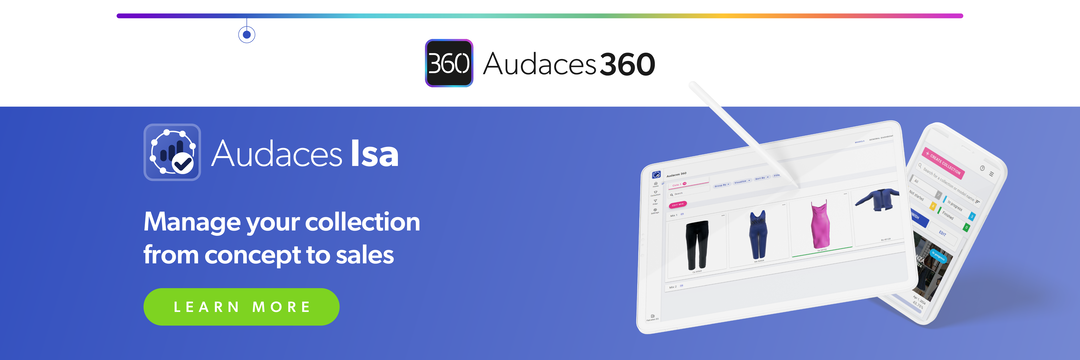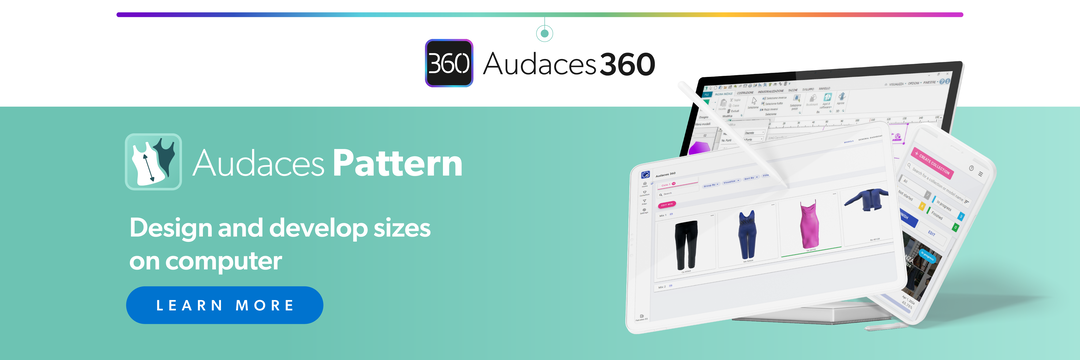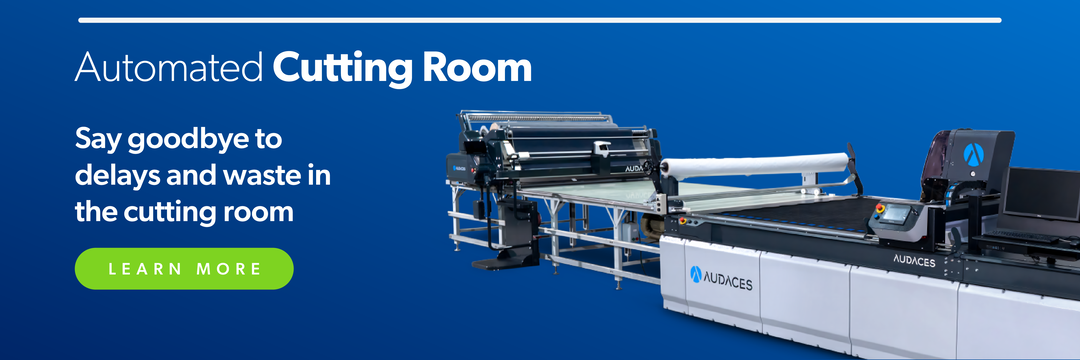Summary
- Designing clothes for all body types should be a priority for fashion brands.
- That’s why inclusive sizes have become essential in today’s industry.
- Experience the future of fashion with Audaces360. Start your free trial today!
As a pattern maker, you play a key role in the shift towards making fashion more diverse. Your work helps turn ideas into real pieces that fit real people. However, creating patterns for inclusive sizes is not always simple.
It requires attention to different body shapes. It also means rethinking standard sizes and exploring new ways to build each model. This might feel like a challenge, but it’s also a chance to grow.
In this article, you’ll learn how to consider inclusive sizes in your pattern making process. Step by step, we’ll show you how to adjust your work to meet more people’s needs without losing quality or style.
Happy reading!
Sumário
Why is it important to consider inclusive sizes in your pattern making?
Inclusive sizing is something the fashion industry needs to embrace. More and more people are looking for clothes that fit their real bodies, and they want to feel good wearing them.
When pattern makers consider inclusive sizes, they help make fashion available to everyone. It’s not just about offering more sizes. It’s about making sure each size fits well and looks great.
For this reason, size-inclusive brands are gaining more space in the market. Customers notice which brands care about them—and which don’t.
Ignoring inclusive sizes can limit your audience. You may lose potential buyers who simply can’t find their size. On the other hand, adding inclusive options helps your collections reach more people.
By thinking inclusively, you’re also improving your work. You learn to solve new challenges, create better patterns, and stay ahead in a competitive market.
What is a size inclusive brand?
Being size inclusive means designing clothes that fit a wide range of bodies. It goes beyond standard sizes, including people of all shapes and sizes.
Straight sizes often follow one basic shape, but real bodies are more complex. Inclusive sizing looks at things like height, bust, waist, and hip proportions. That way, every piece to have that perfectly tailored feel
The goal is to make sure customers feel comfortable and confident. This means patterns may change depending on the body type, and not just the measurements.
Learn more: Discover the current landscape of the fashion market and how to stay competitive
How to create size inclusive patterns?

Research and define your extended size range
Start by learning about your audience. Who are they? What sizes do they wear? Look at real data and talk to real customers.
Once you understand your audience, define your size range. Include sizes above and below the standard range. Think beyond S, M, and L.
Then, ensure your range fits your product. Some items may need more size options than others. For example, fitted clothes usually require more sizing care than loose ones.
Learn more: What is grading and how to do it in 3 simple steps
Develop specific patterns for different body proportions
Different bodies have different needs. A size 18 is not just a bigger version of a size 6. Body shapes change with size, and your patterns should reflect that.
So, create patterns based on real proportions, using fitting models with different body types. This helps you see how garments fit and where adjustments may be necessary.
You may even need more than one base pattern to make your collection more accurate. It will definitely take more of your time, but it’s worth it. The result is a better fit and happier customers.
Validate comfort, fit, style, and mobility
You also need to check how the garment moves. Can the customer sit, walk, and stretch comfortably?
Comfort is key, especially for inclusive sizes. Tight spots or awkward fits can ruin the experience, so make sure the garment feels good on the body.
Style is also important. Don’t hide curves, celebrate them! Inclusive designs should follow trends and look great in every size.
Last but not least, always test your patterns. Go outside and get feedback from real people. This helps you improve both fit and design.
Learn more: What is the importance of a plus-size sizing chart for your brand?
Adapt the design, not just the pattern
Sometimes, the same design doesn’t work for all bodies. That’s okay. Good pattern makers know how to adapt designs while keeping the style.
You might need to change a neckline, sleeve, or length. These small changes can make a big difference in fit and comfort.
Design with intention and make sure the garment still feels like part of the same collection. Keep the mood and message but adjust the structure with care.
Simulate fit using 3D
3D tools help you see how your garment fits before sewing a single piece. This saves time and helps you make smart changes early.
With 3D simulation, you can check how fabric behaves on different bodies. You can spot tight areas or odd shapes right away, for example.
This technology also helps you test your extended size range. You can create virtual models with different measurements and shapes, making your process faster and more accurate. It’s a powerful tool for building truly inclusive patterns.
Discover the best way to take your pattern making digital! Download our free resource and learn how CAD software can support your work.
How can inclusive sizes benefit your clothing business?
Adding inclusive sizes to your collection opens your brand to new customers, new markets, and stronger relationships. Explore some key benefits:
Increase in sales
When you offer more sizes, more people can buy from you. This means you reach a wider audience.
Many customers struggle to find their size, especially above or below the standard range. By meeting this need, they don’t have to search elsewhere. Your brand becomes the first choice for these shoppers.
Moreover, keep in mind that customers talk. If they find a brand that fits well, they’ll recommend it. Word of mouth spreads quickly, especially in communities often left out of fashion.
More sizes equal more buyers. And more buyers lead to higher profits.
Competitive edge
Many brands still ignore inclusive sizing. This is your chance to stand out! By doing what others don’t, you become more visible in the market.
Offering extended sizes shows that your brand listens. It proves you’re ahead of trends and care about real people.
It’s not just a feature, it’s a true message. You are telling customers: “You matter to us”. That message builds trust and loyalty.
Improved pattern making process
Creating inclusive sizes pushes you to grow. You begin to rethink how you design patterns, leading to better skills and sharper results.
You’ll start using data, testing on different bodies, and adapting designs with more care. These practices improve your entire process. Even your straight-size patterns can benefit. The focus on accuracy and comfort raises the quality for all sizes.
In the end, you will become more flexible, capable, and ready for future challenges.
Learn more: Why is a grading tool essential in efficient software?
Emotional connection with customers
Clothing is personal, it affects how people feel about themselves. And inclusive sizes have the power to help people feel confident. They stop hiding and start enjoying fashion again. That creates a deep emotional bond with your brand.
Customers remember the brands that make them feel good. They come back, and they stay loyal.
Social positioning and brand reputation
When you support inclusivity, your brand joins a bigger movement: one of fairness and respect.
Don’t think that customers don’t notice this. They want to support brands that stand for something. And inclusive sizing shows that you care about more than sales.
This kind of positioning builds a strong and positive image. It also connects your brand to values like diversity and body positivity.
In the long run, this reputation adds lasting value to your business.
Learn more: Embrace diversity in fashion with inclusive pattern making
How can technology support you in creating size inclusive patterns?
Technology makes it easier to create patterns for all body types. With the right tools, you can work faster and more accurately.
CAD software, for example, is key to this process. It allows you to draft, edit, and grade patterns digitally. You can also save time by reusing pattern bases and adapting them to new proportions.
Solutions like Audaces Pattern let you manage different measurements without starting from scratch. You can quickly test changes and adjust lines or curves with just a few clicks.
Another powerful tool is 3D simulation. With it, you can see how a garment will fit different body types before you even sew a single sample. This helps you check proportions, comfort, and movement in real time.
3D tools, like Audaces 3D, let you visualize the look and fit on various digital models. You can test plus sizes, petite sizes, and everything in between.
Learn more: 7 reasons to go digital with your handmade pattern
Create inclusive sizes with Audaces pattern making software
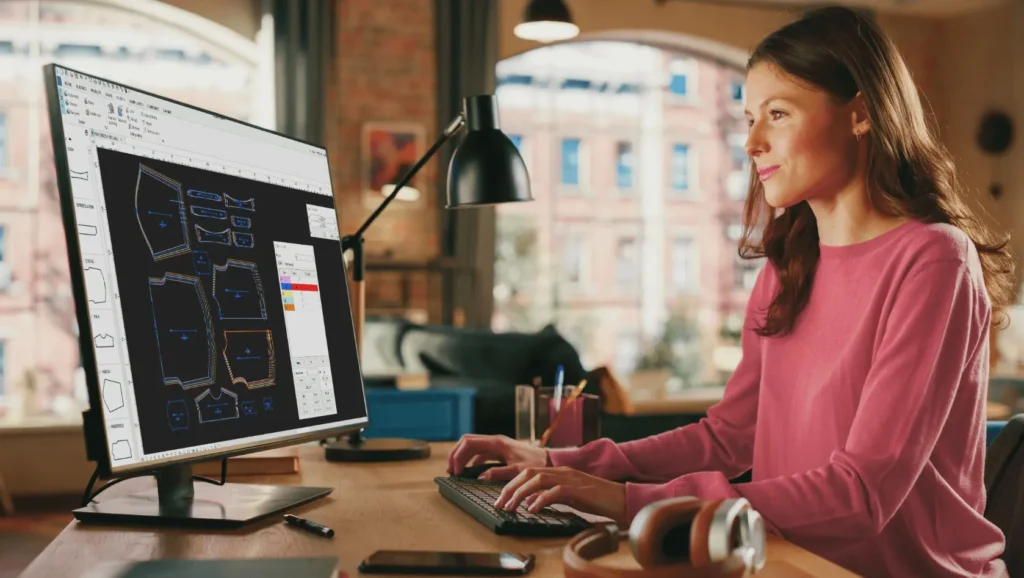
Audaces Pattern
For pattern makers looking for excellence, Audaces Pattern is the perfect solution. It ensures that the pattern design reaches a new level of efficiency and precision.
With its versatile approach, it’s possible to develop high-quality patterns, regardless of complexity.
Refine every detail to perfection, ensuring that your creative vision translates into patterns. This advanced solution will assist you with all your pattern making endeavors!
Audaces 3D
Audaces 3D is ideal for pattern makers to bring creations to life in a 3D mannequin.
You can test your digital pattern before committing to a physical sample. Save time and resources by identifying issues early in the process.
With a range of tools and possibilities, this software transforms the development processes.
It enables you to shape your ideas directly in a digital space, gaining agility and quality in deliveries.
Discover Audaces360 and unlock a world of possibilities for fashion design and production. Explore our comprehensive suite of solutions today!
FAQ
Inclusive sizing is something the fashion industry needs to embrace. More and more people are looking for clothes that fit their real bodies, and they want to feel good wearing them.
Being size inclusive means designing clothes that fit a wide range of bodies. It goes beyond standard sizes, including people of all shapes and sizes.
Creating size inclusive patterns includes validating comfort, fit, style and mobility. It requires adapting the design, not just the pattern.


